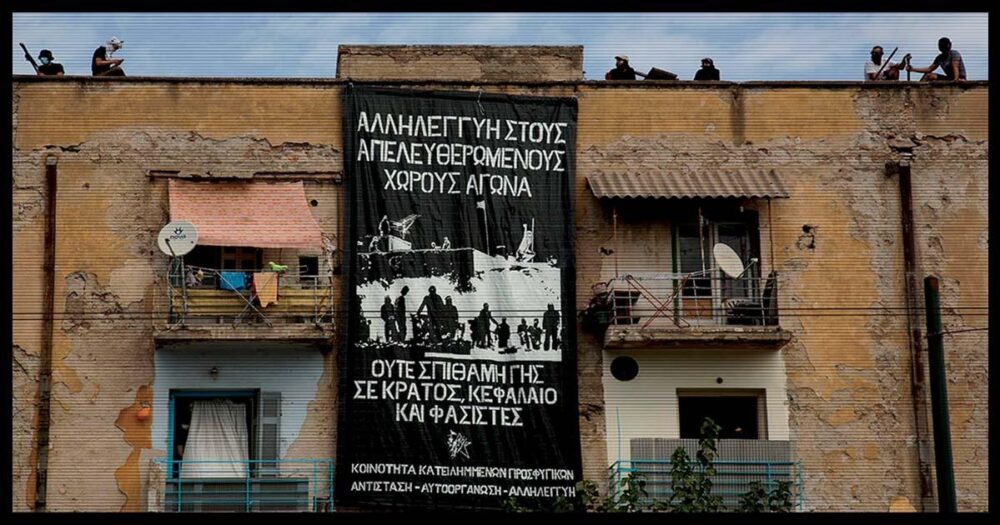The neighborhood of the Squatted Prosfygika on Alexandras Avenue, we started to inhabit autonomous squats from different political and cultural backgrounds as early as the 2000s, shortly after the state forcibly expelled terrorists by expropriating and demolishing 177 out of 228 apartment owners in the Prosfygika residences. In 2010, the residents of the squatted Prosfygika decided to come together as a collective. This was a time following the 2008 uprising, when numerous projects were being created, squats were succeeding each other as centers of struggle, and collectivization seemed like a natural step.
Mafias were subleasing the houses, trafficking and producing narcotics, defiling the neighborhood, and the police were in and out daily to take their share of the profits. This initial condition triggered our reaction, along with the impending repression we knew the state would unleash to gain control of the houses, as it is prime real estate in the city center. We realized that in order to survive, we needed to unite and collectivize. We envisioned a community where people live together, houses are communal and belong to no one, decisions are made collectively, members support each other, and we fight together on a common path, struggling for our lives.
We imagined an autonomous community where we can sustain ourselves by producing food and maintaining the houses and neighborhood collectively. Our children would self-educate within the community, without needing schools like the ones outside with all their problems. A community where there is no violence among us, and our issues are resolved on different terms, terms based on inclusion, horizontality, and acceptance. We imagined many things and we decided to turn our fantasies into reality.
But how do you turn imagination into reality? How does the fantastic become realistic? The answers are not easy because it requires a counterproposal to the existing system. However, self-organization naturally finds its way, and so the answers constantly revolved around the words “structures” and “infrastructures.”
Our initial thought was about bread. Food that represents humanity and all its differences. Every corner of the world has its unique culture and history, just like bread. We could tell our own story by making our own bread, initially covering the community’s needs and eventually generating income. So, a bakery structure was the first to be established within the squatted Prosfygika neighborhood, shortly after the formation of the organized assembly, “Sy.Ka.Pro.” (Squatted Prosfygika Assembly) in 2012.
The bakery structure started in 2013[1]. Over the years, we realized that the breadmaking process was much more than what we initially perceived. There’s a dynamic that maintains cohesion within the community, brings old and new comrades together in kneading and during difficult times in the community after repression operations. It manages to give us the strength and perspective we need to continue the struggle, making us resist with determination when barbarism threatens to overwhelm us.
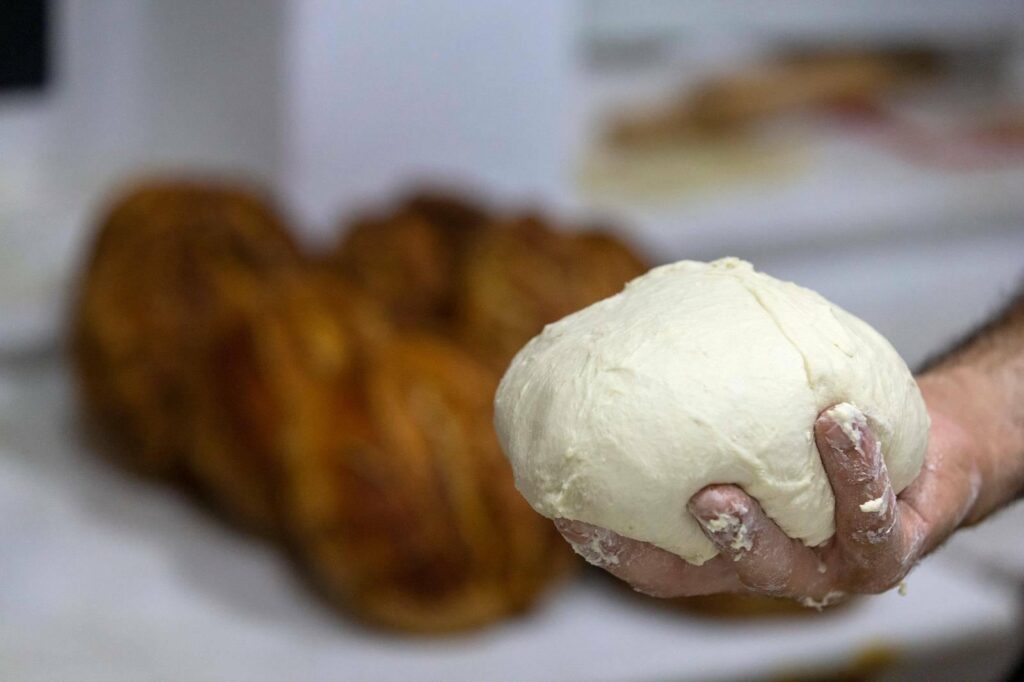
Today, the bakery structure operates daily, producing various types of bread and has expanded distribution points beyond the neighborhood. It serves as a reference point for the community, and the process of hands working together to create a common dough, beyond its practical aspect, holds a strong symbolism for what communal life is and how people mold themselves in collective processes.

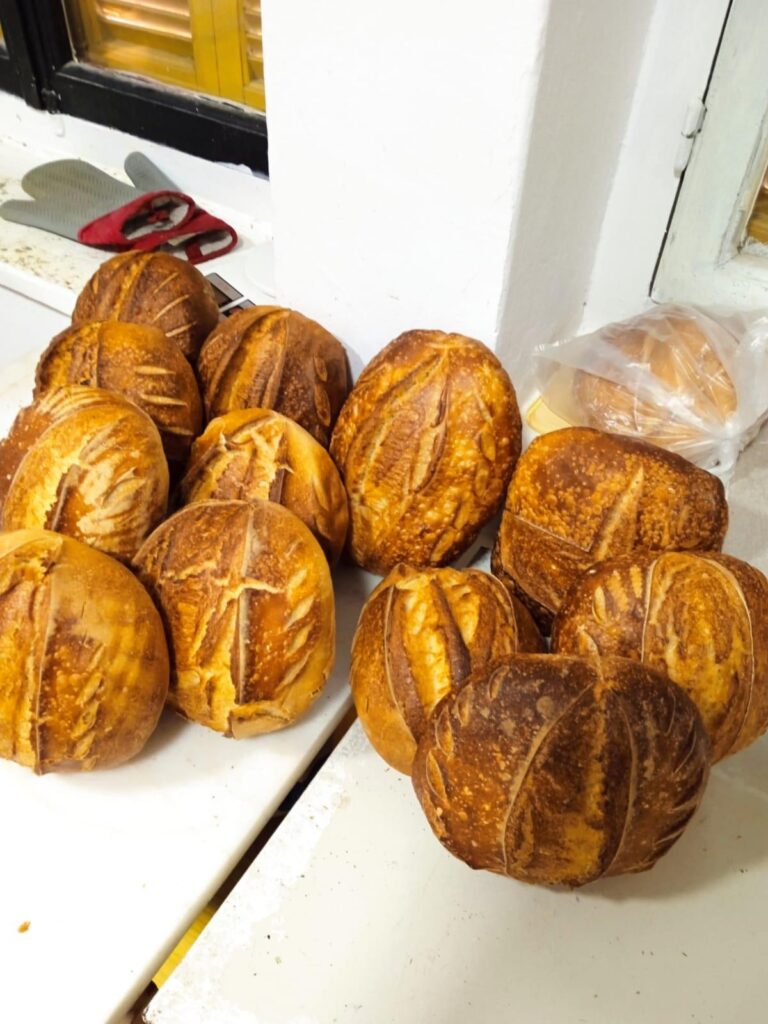
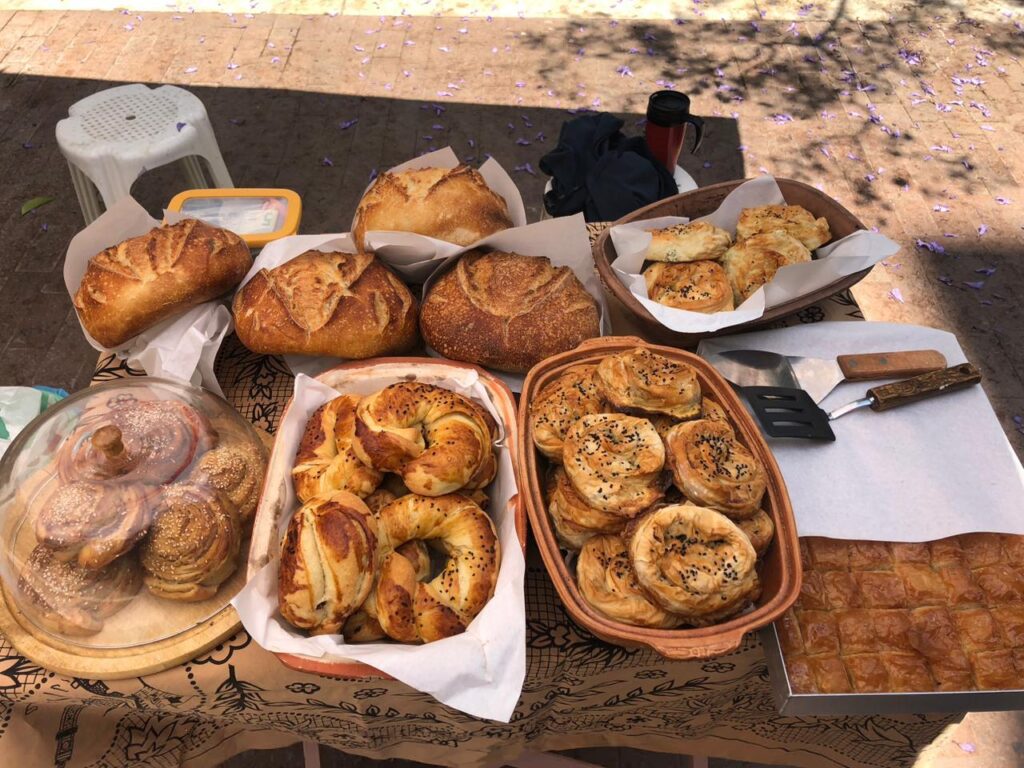
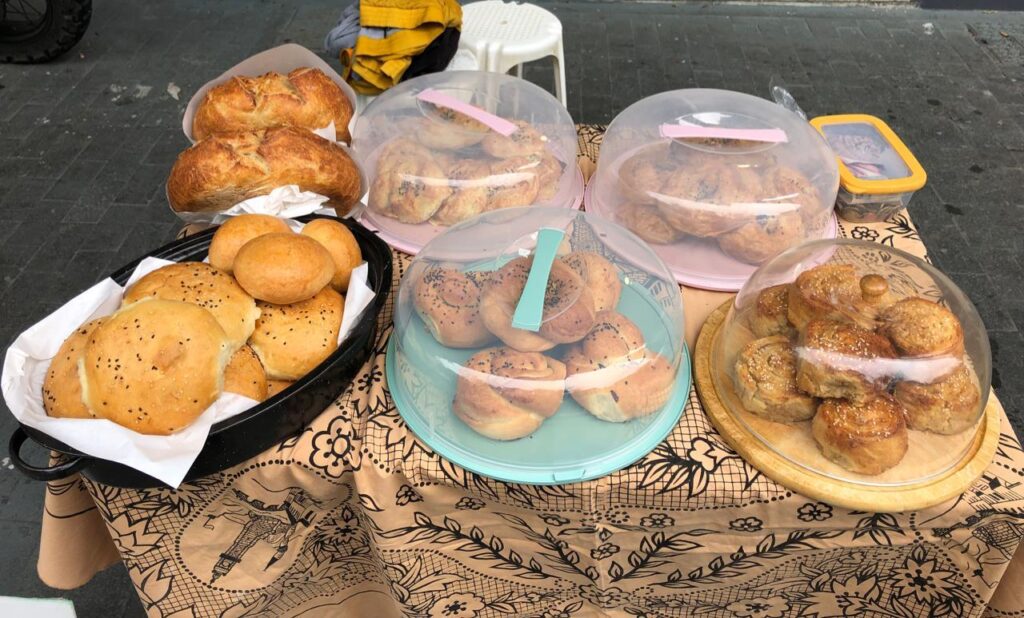
[1] The bakery of Prosfygika is named Berkin Elvan, in memory of the 15-year-old Kurdish boy who, in June 2013, was hit in the head by a tear gas canister fired by a police officer during the months-long protests taking place in Gezi Park and Taksim Square in Istanbul against Erdogan. Elvan was on his way to the neighborhood bakery to buy bread at that moment.
